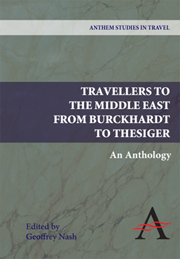Ottoman and Former Ottoman Territories
from PART TWO - COLONIALISM AND RESISTANCE 1880–1950
Published online by Cambridge University Press: 05 March 2012
Summary
Historical Background
European involvement in the Muslim world, which accumulated as the century progressed, came to a head with the French invasion of Tunisia in 1881 and the British occupation of Egypt in 1882. Colonel Urabi, leader of the revolt of 1881–1882 against foreign interference in Egypt that took his name, ‘came to be seen in some quarters as representing the authentic voice of the Egyptian people’ (Cleveland 2000: 99). Muslims were not forward in staging coherent resistance to imperialism, though the earliest articulations of opposition frequently combined Islamic and nationalist loyalties, as was the case in Egypt in the first decade of the twentieth century. A European invention, nationalism had been invoked earlier in the century against the last Muslim empire, the Ottoman, by its Christian subject peoples: Greeks, Serbs, Bulgarians, Romanians and Armenians. As these achieved autonomy or, backed by the force and diplomacy of the Christian powers, split away, the largest non-Turkish population left in the Ottoman Empire was the Arabs. Preponderantly Muslims, with the exception of a small politically conscious group from among the Christian minority, hardly any contemplated let alone actively pursued the break up of the Ottoman Empire. But the Syrian reformer Abdul Rahman Kawakibi ‘suggested that the Ottomans were responsible for the corruption of Islam, [and thus] introduced a nationalist argument that had profound implications for the Ottoman-Islamic order in the Arab provinces’ (Cleveland: 125).
- Type
- Chapter
- Information
- Travellers to the Middle EastAn Anthology, pp. 139 - 141Publisher: Anthem PressPrint publication year: 2009



